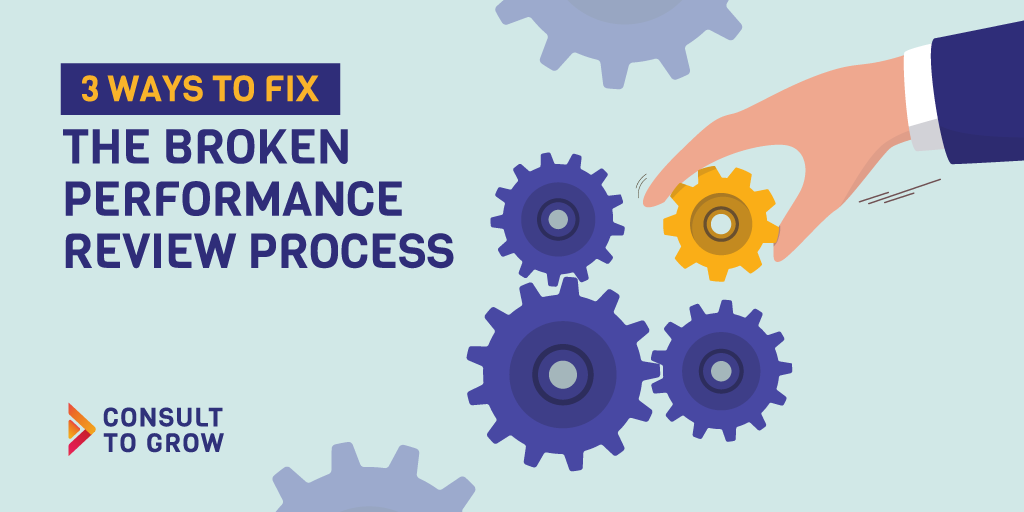
5 Reasons Why Multigenerational Businesses Are a Hidden Superpower
Hospitality is a dynamic, people-focused industry. It requires longevity and adaptibility for long-term success. While trends shift and customer expectations evolve, multigenerational businesses quietly outperform




